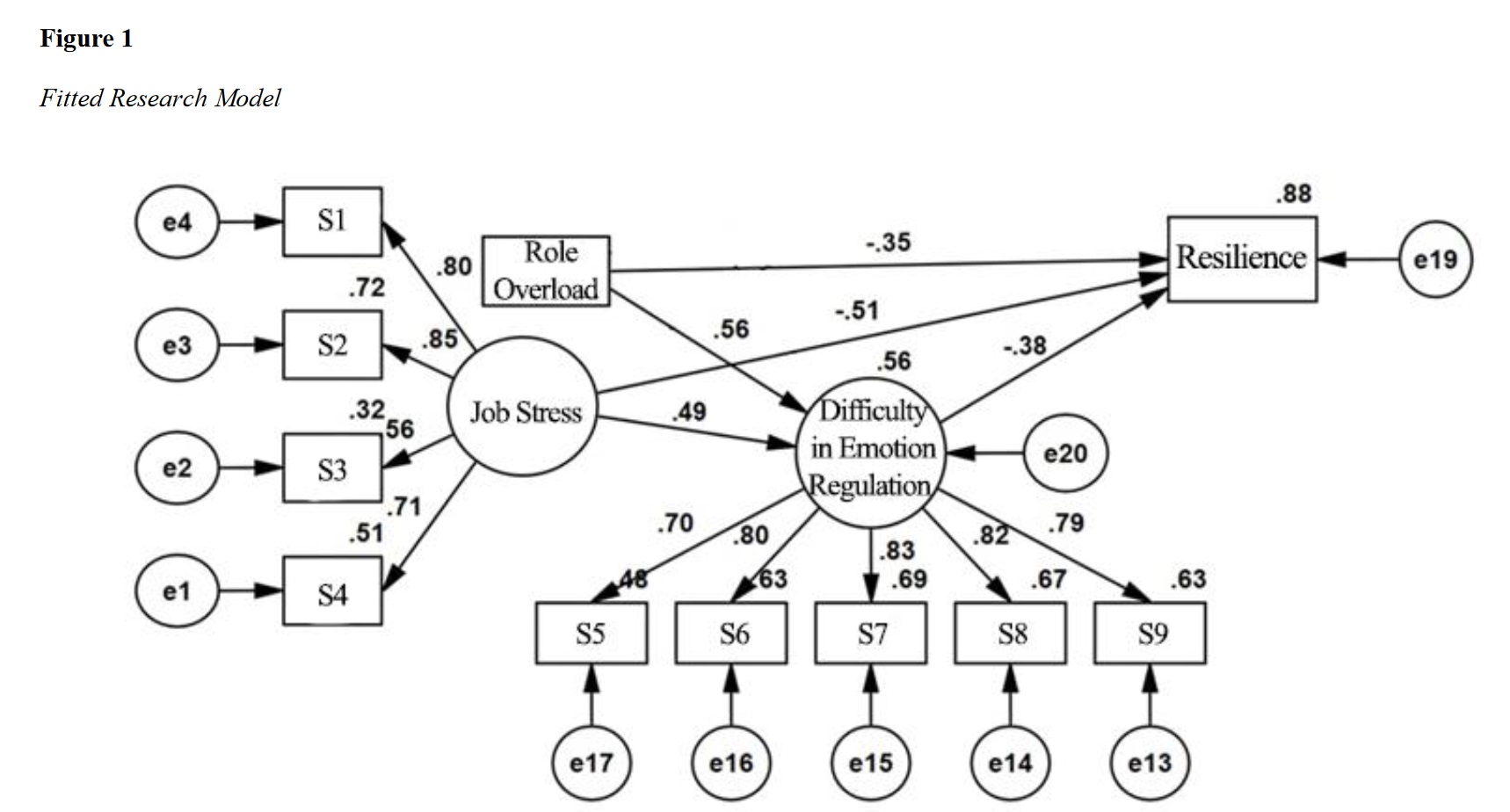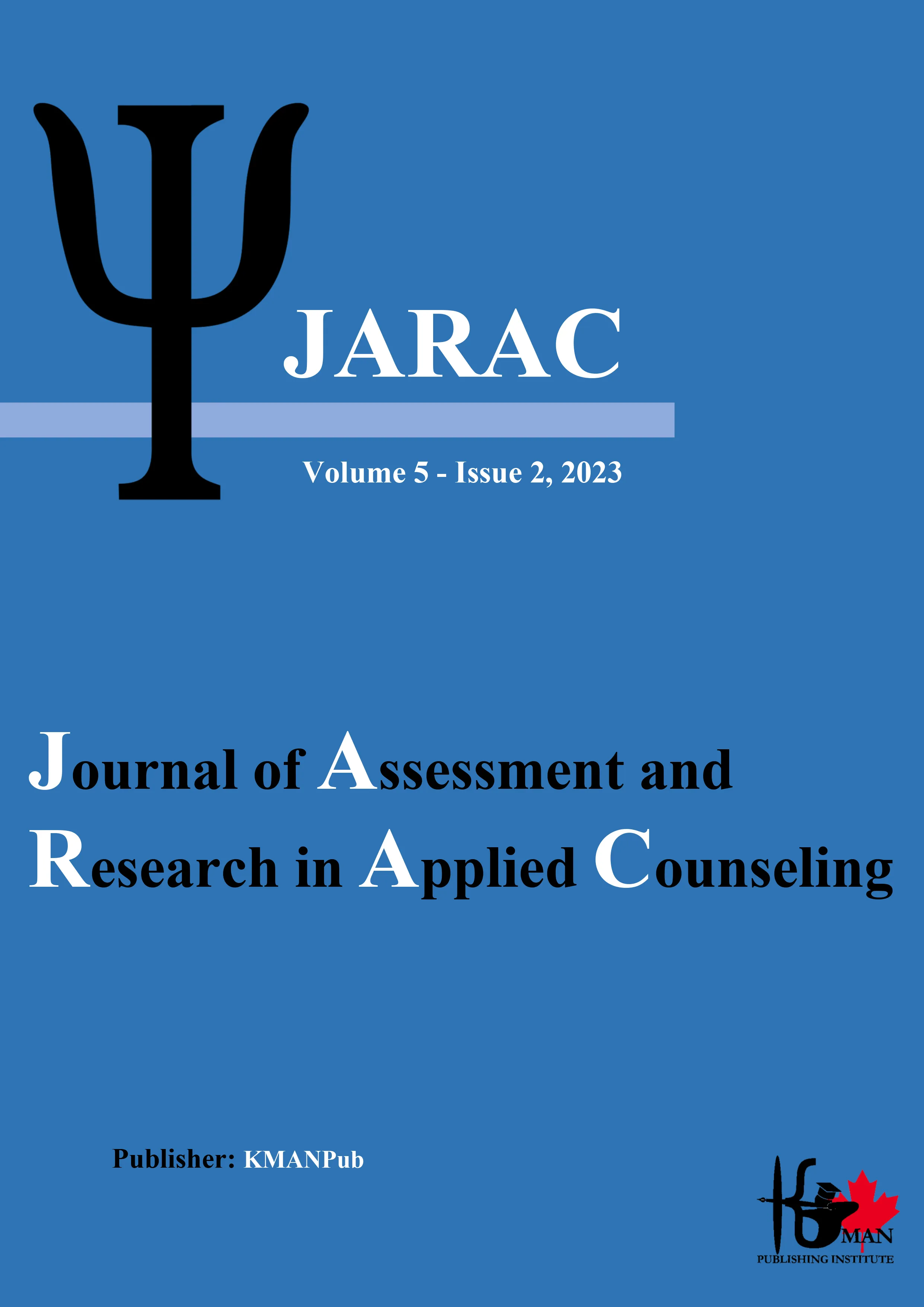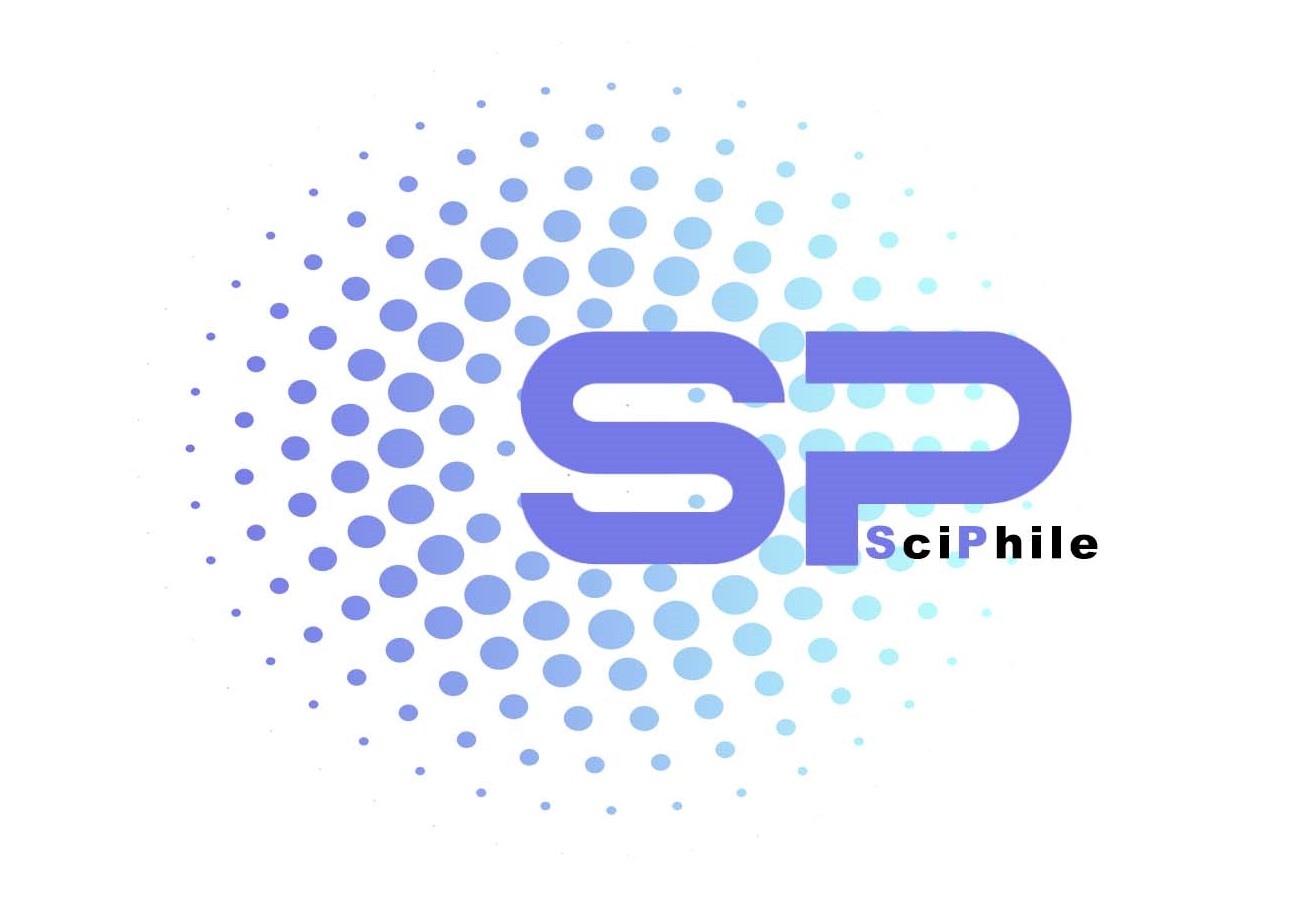The Structural Model of Resilience Based on Role Overload and Job Stress with the Mediation of Difficulty in Emotion Regulation
Keywords:
Resilience, Role Overload, Job Stress, Emotion Regulation Difficulty, Military Personnel, Structural ModelAbstract
Objective: This study aimed to develop a structural model of resilience based on role overload, job stress, and job control with the mediation of difficulty in emotion regulation among the special unit employees of the Law Enforcement Command of Tehran City.
Methods and Materials: This study was descriptive-correlational and utilized structural equation modeling (SEM). The statistical population consisted of all special unit employees of the Law Enforcement Command of Tehran City in 2022 (413 individuals). Sampling was conducted using a convenience (voluntary) method, and based on the Morgan table, the sample size was determined to be 200 participants. Research tools included questionnaires on resilience, role overload, job stress, and difficulty in emotion regulation. Data were analyzed using SPSS and AMOS software, version 24.
Findings: The results indicated that role overload, job stress, and difficulty in emotion regulation all had a significant negative impact on resilience (β=-0.349, β=-0.513, β=-0.380, p<0.01, respectively). Additionally, role overload and job stress directly and significantly affected difficulty in emotion regulation (β=0.564, β=0.491, p<0.01). Model fit indices showed that the proposed research model had an acceptable fit (RMSEA=0.029, CFI=0.991).
Conclusion: The structural model of resilience based on role overload, job stress, and job control with the mediation of difficulty in emotion regulation among the special unit employees of the Law Enforcement Command of Tehran City was confirmed. This model can help identify factors affecting resilience and improve the psychological well-being of these employees.
Downloads

Downloads
Additional Files
Published
Issue
Section
License
Copyright (c) 2024 Hossein Rostami, Gholamreza Chalabianloo, Hassan Bafandeh Gharamaleki (Author); Rasoul Karimi (Corresponding Author)

This work is licensed under a Creative Commons Attribution-NonCommercial 4.0 International License.



































